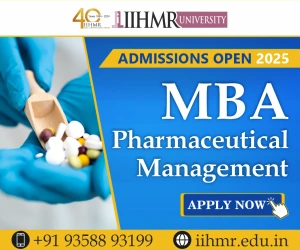NOOTROPIC ACTIVITY OF CLITORIA TERNATEA.L ON SCOPOLAMINE INDUCED AMNESIA
 About Authors:
About Authors:
Sharmila Shaik*, K. Anitha
Department of pharmacology, Krishna Teja Pharmacy College,
Chadhalawada Nagar, Renigunta Road, Tirupathi-517 507,
Andhra Pradesh, India.
*cherry.sharmilask@gmail.com
ABSTRACT :
Alzheimer’s disease (AD) is a progressive degenerative CNS disorder with slow onset with memory that leads to dementia. The drugs like barbiturates, alcohol, and diazepam will also impair learning and memory. Nootropic agents such as piracetam, pramiracetam, aniracetam, oxicetam and some of the herbal drugs are used to enhance cognitive function. The objective of the present study is to investigate the nootropic activity of methanolic extract of leaves of Clitoria ternatea.L (MELCT).Result showed that the MELCT improvement in the retention ability of normal and amnesic rats when compared to control and standard groups. It was suggested that in the MELCT could show beneficial improvement in cognitive disorders like Alzheimer’s disease and various neurogenerative disorders.


 About Authors:
About Authors: About Authors:
About Authors:  About authors:
About authors:  About Authors:
About Authors:  About Authors:
About Authors:







